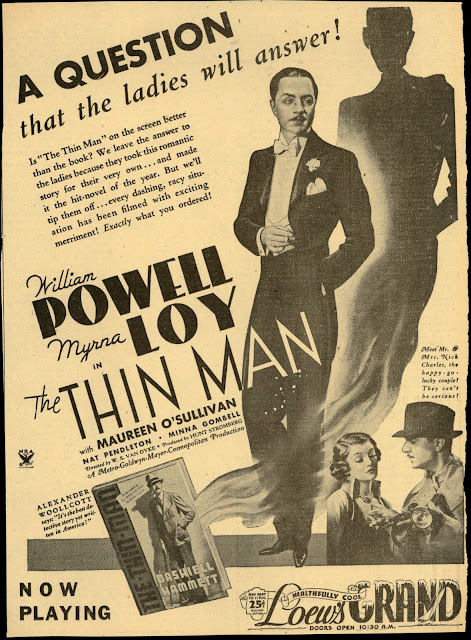Love For Sale in Acapulco
Love Has Many (Familiar) Faces (1965)
Lana Turner, stood against a process screen, is gored by a bull. This may be your idea of unforgettable. It is certainly mine. At left is an ad I clipped from The Charlotte Observer in 1965. Something told me even then that this was not a sort of picture they would be making much longer. Lana Turner in a swimsuit and drawing on a cigarette put me on notice that here was adult entertainment. There was also the little box at lower right about Lana's "Million Dollar Wardrobe By Edith Head," this when fashion in films still meant something. Women not working outside the home would attend matinees of Love Has Many Faces, sometimes in groups, this occasional relief from bridge parties or garden clubs. Most of that would crash down by decade finish, as did themes like Love Has Many Faces explored. It was shot in
Heiress LT has a tragic secret that makes her drink too much and be mean to "bought" husband Robertson. She is also horned by that bull after gigolo O'Brian tries a same maneuver in her own marital bed. There was still a Code in 1965, but Love Has Many Faces pushes it all which ways. Pic scribe Marguerite Roberts was lately off HUAC shite-list, gave Love good moments, later would roar back with True Grit and further assignments from Hal Wallis. Director Alexander Singer did few features, mostly TV, as in tons of TV. Supporting cougars-on-prowl (not a known term then) are Ruth Roman and Virginia Grey, their stud hunt ensnaring Hugh and a comparative youth (Ron Husmann) he's tutored to fleece tourists. O'Brian had been Wyatt Earp on television, but was more believable when shifty. He had a face like that, with teeth that could read sharkish (in fact, he wears a shark tooth necklace in LHMF). There was actually a countrywide "Hugh O'Brian Friend Club," chapters in most states (but not
You can get eye-burn just watching Love Has Many Faces (last call for those Riviera Sunglasses!). It especially blisters on HD like TCM ran for their just-ending Lana month. There is fascination in these dinosaurs making 60's way toward extinction. Sobering is much of a cast, bronzed and healthy then, gone now. Made me wonder how much longer I get to stay bronzed and healthy. Stephanie Powers is the only one left (oh wait, so is Ron Husmann). There is a weird scene where Powers and Turner face other and strip down, a sort of Here's what I can offer your husband by Steph, and Here's what I've still got to give him, by Lana. LT had to be nervous going into that contest (Powers her junior by almost two decades). I babble on about age because that is what Love Has Many Faces is about. Women fret over how much longer men can be lured, as gigolos ponder their own sell-by date ... all to lovely scoring by David Raksin, which is mainly why I revisit Love Has Many Faces. Raksin got too little work in the 60's, a H'wood agent telling me once that truculence (DR's) was what formed the ice. Had I been a producer, he could have insulted me the live-long day and still scored all my movies.


























































